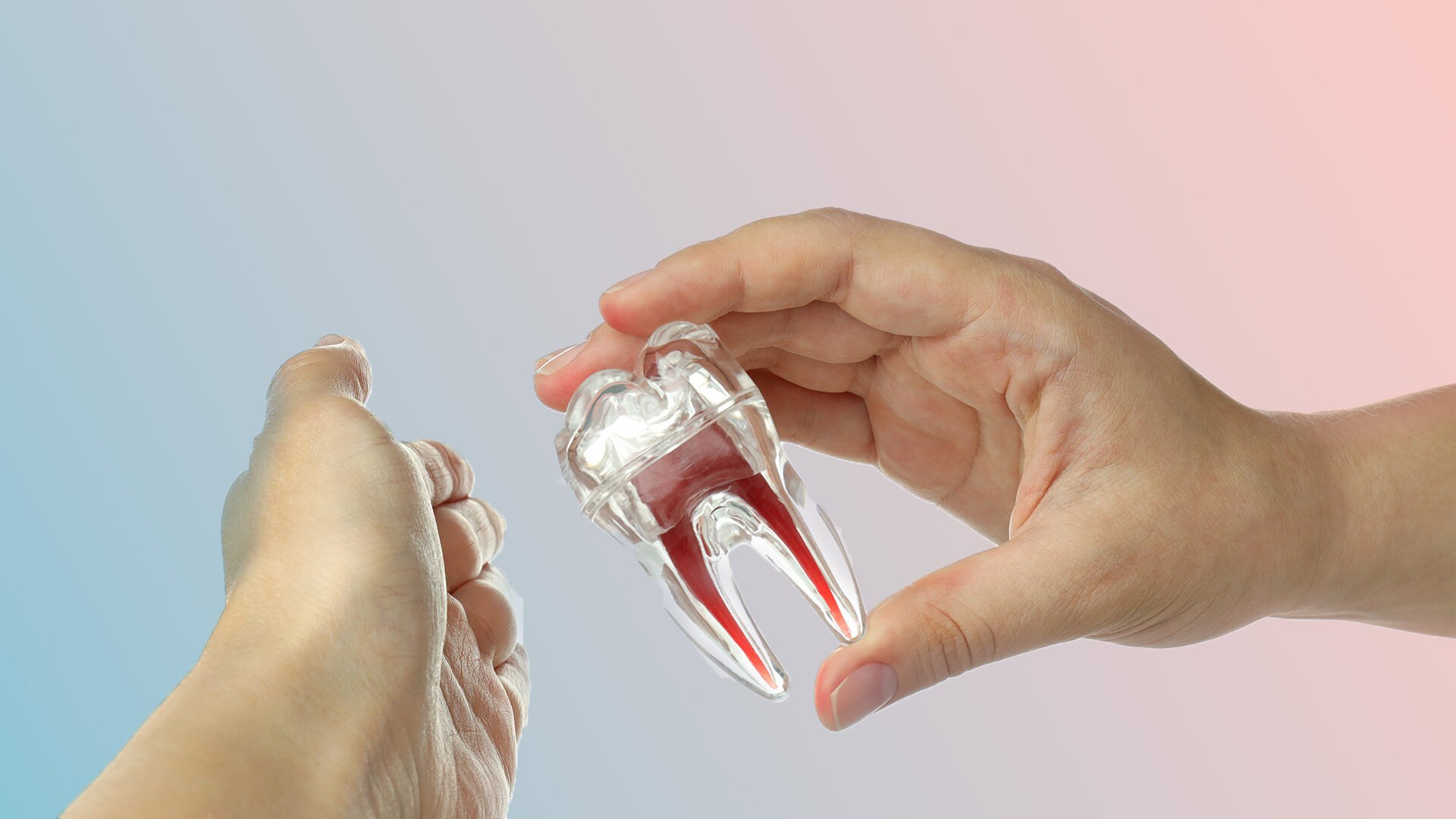Menu
Free Consultation

Wisdom teeth are the third molars that usually appear between the ages of 17-25. However, in some cases, these teeth cannot find enough space in the jaw structure and can remain embedded or semi-embedded. Semi-embedded wisdom teeth can both threaten oral health and cause pain, infection and tooth alignment disorders. In this article, we will cover every detail that needs to be known about semi-embedded wisdom teeth.
A semi-empty wisdom tooth is a condition in which a tooth cannot fully erupt and a portion of it remains under the gum or in the bone. This usually occurs due to the narrowness of the jaw structure or the tooth trying to erupt at the wrong angle. Semi-empty teeth can lead to more infections and gum problems than completely impacted teeth.
Symptoms of semi-erupted wisdom teeth can vary from person to person, but the most common symptoms include:
Semi-erupted wisdom teeth not only cause pain, but can also trigger the following health problems:
As a result of the tooth not being able to fully erupt, a pocket forms in the gum and this area becomes suitable for bacteria to accumulate. This can cause infection.
Semi-erupted teeth are more prone to decay because they are located in areas that are difficult to clean. They can also cause cavities in the surrounding teeth.
A tooth that remains buried under the gum can cause cysts or tumors to form over time. This can lead to damage to the jawbone.
Semi-erupted wisdom teeth can push other teeth, causing them to become crowded and crooked.
Whether semi-empty wisdom teeth need to be treated depends on the location of the tooth and the problems it creates. Here are the most common treatment methods:
In most cases, surgical extraction of semi-empty teeth is recommended. The dentist removes the tooth under local anesthesia, providing relief to the patient.
If it is not possible to extract the tooth immediately, antibiotic treatment can be applied to control the infection. Painkillers can also provide temporary relief.
In some cases, the tooth can be removed by cutting the gum tissue on the tooth.
If a semi-empty tooth is causing serious problems, surgical intervention may be required. The procedure consists of the following steps:
Although it cannot be completely prevented, you can minimize the problems caused by wisdom teeth by taking some precautions:
